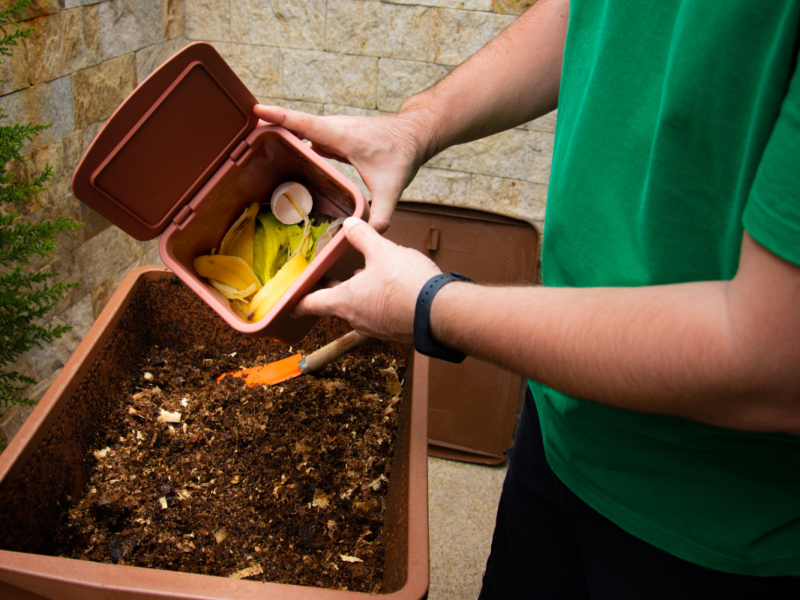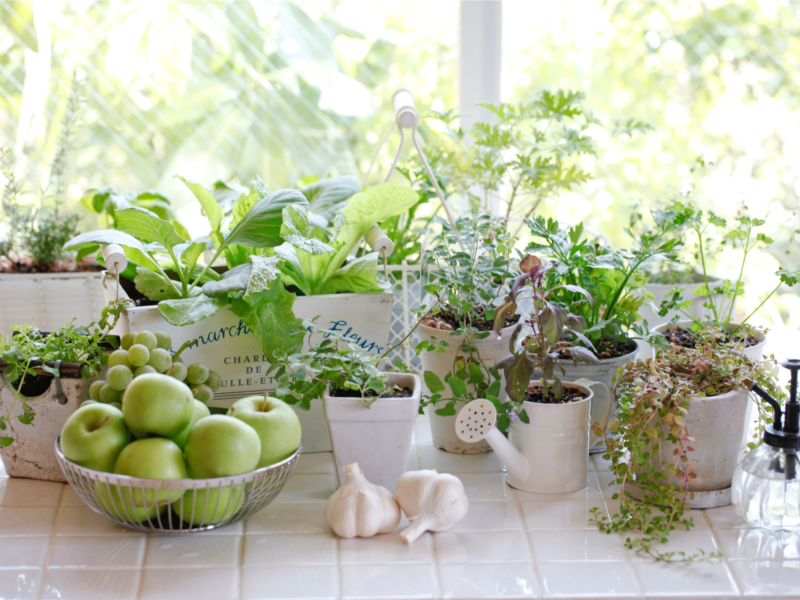Food shortages are happening, and the cost of food is on the rise. Having a home garden can help ease the burden of rising prices. Learn how to become more self-sufficient for food security by growing some of your own produce. If you want help with gardening, this article will prove invaluable to you!
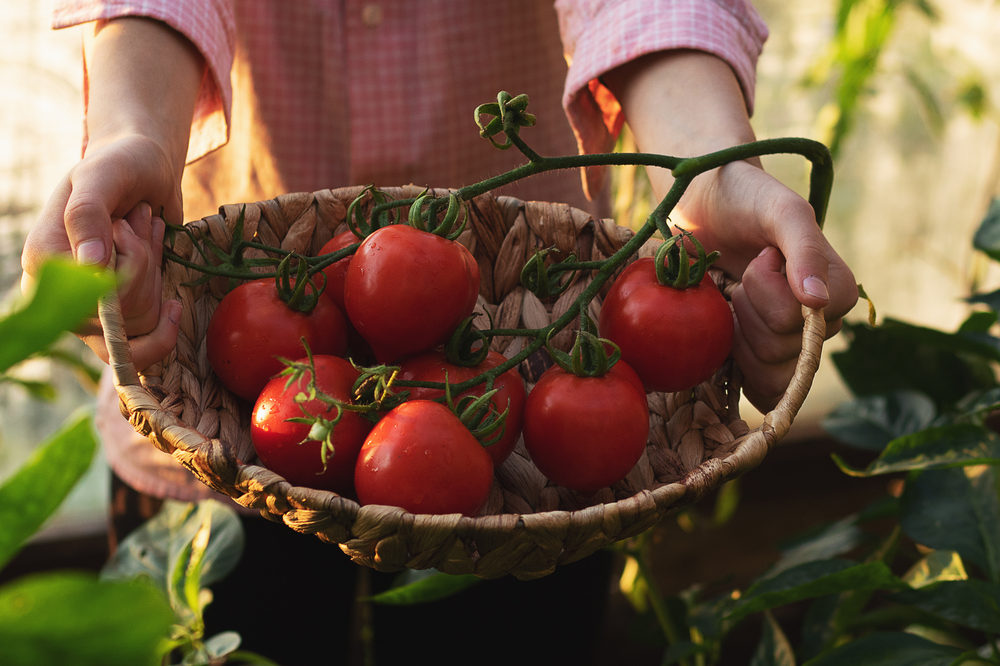
If you’re interested in gardening for food security but aren’t sure where to start, you’ve come to the right place! In this guide, you’ll learn what types of food to grow, how to choose your space, and the best methods for growing healthy, productive plants. If you want help with gardening, this article will prove invaluable to you!
This post is all about gardening for food security.
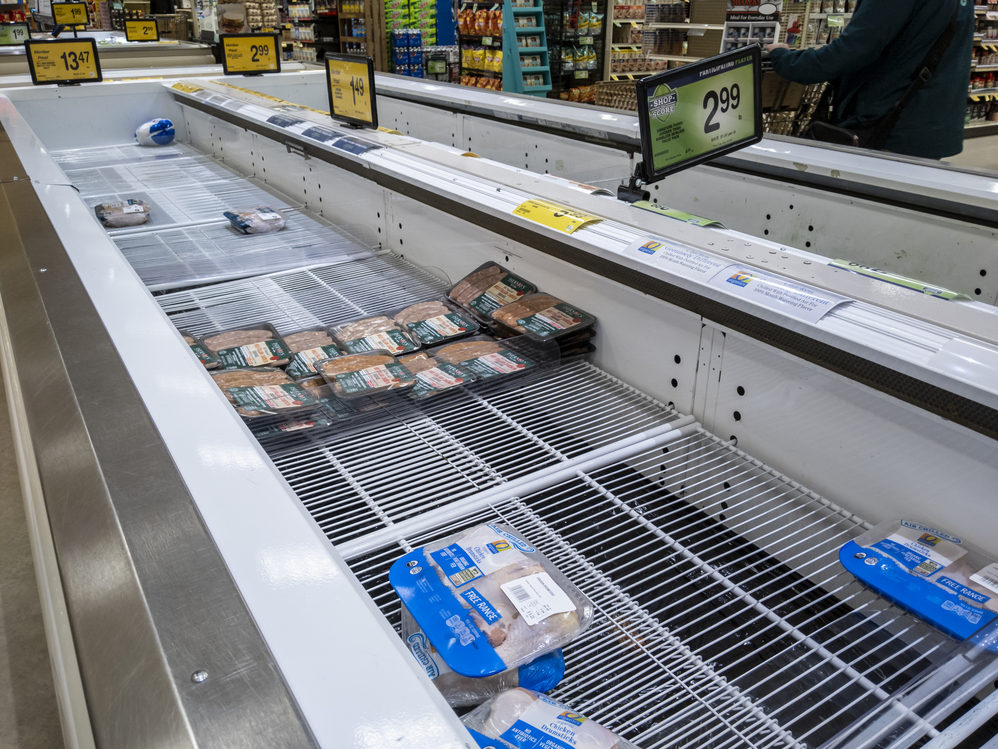
Climate change and global warming are presenting itself all over the world. This inevitable course affects world food production and creates global food insecurity. Roughly 8 billion people need access to healthy food options, and current food systems struggle to fulfill that demand.
India has experienced a record-breaking heat wave, which hurt wheat production. The war in Ukraine, the COVID-19 pandemic, and climate change have all impacted the global economy, and rising production costs have strained American farmers. The fear of potential food shortages is real.
Whether Americans will be affected by a food shortage crisis, the prices are rising. Instead of living in fear, this should motivate us to come together and learn ways of becoming more self-reliant.
Gardening is a great way to reduce your grocery bill. It is therapeutic and promotes a healthy lifestyle. You can better avoid pesticides and increase the nutrients in your food just by growing a few things at home.
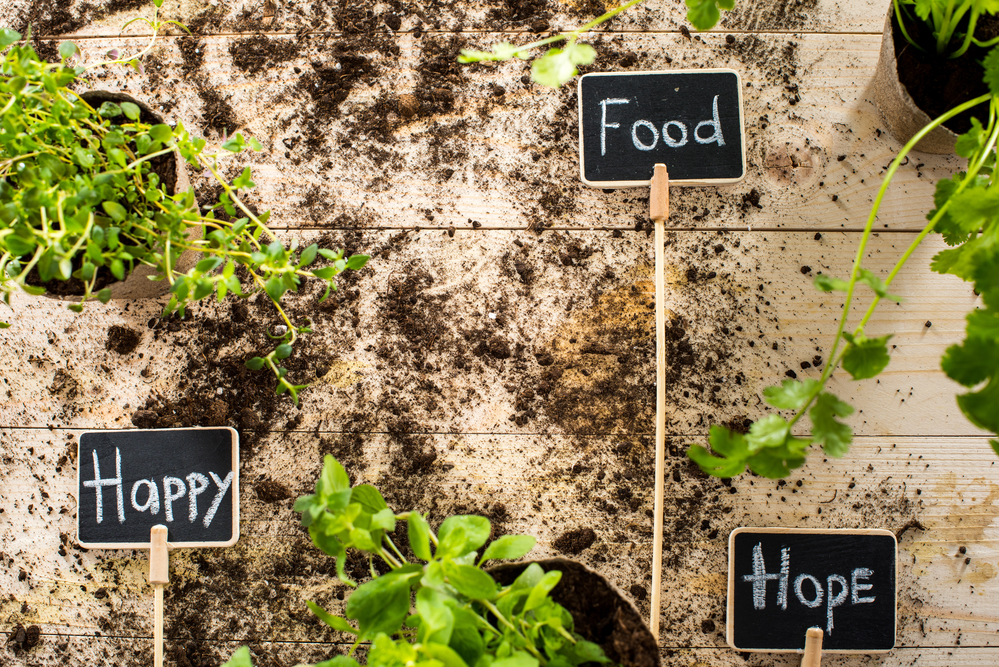
More Reasons to Grow Your Food
The average family of four will spend more than $7,000 on groceries yearly. With grocery costs rising, learning how to grow some of your food is time. So consider why gardening suits your pocketbook, health, and environment.
Beyond sustenance, there are many unexpected benefits to gardening. It’s therapeutic. It teaches us about healthy lifestyles and how something so simple as a handful of seeds can help us combat diet-related illnesses like diabetes and heart disease.
Not to mention, it can improve the diversity and health of your gut. An unhealthy microbiome can lead to several chronic health issues.
The Importance of Food Sustainability and Security
Sustainable nutrition is more than simply gardening for food and eating healthy. It is about teaching ourselves, our children, and anyone who will listen that we can and should feed ourselves by growing food from our efforts.

Environmentally friendly techniques create sustainable food. Sustainable nutrition focuses on eating fresh fruits and vegetables, humanely raised organic meats, and other whole foods that will give your body what it needs to stay healthy without burdening our planet.
This means raising food with nature in mind. Biodiversity is a major aspect of sustainable food systems, and growing multiple species together in your garden produces rich soil and abundant harvests.
Quality food and nutrition are of utmost importance for your life, future generations, and the survival of the human race. Growing food at home is not only rewarding but brings you peace of mind when it comes to food security. You will also have access to the most nutrient-dense foods available.
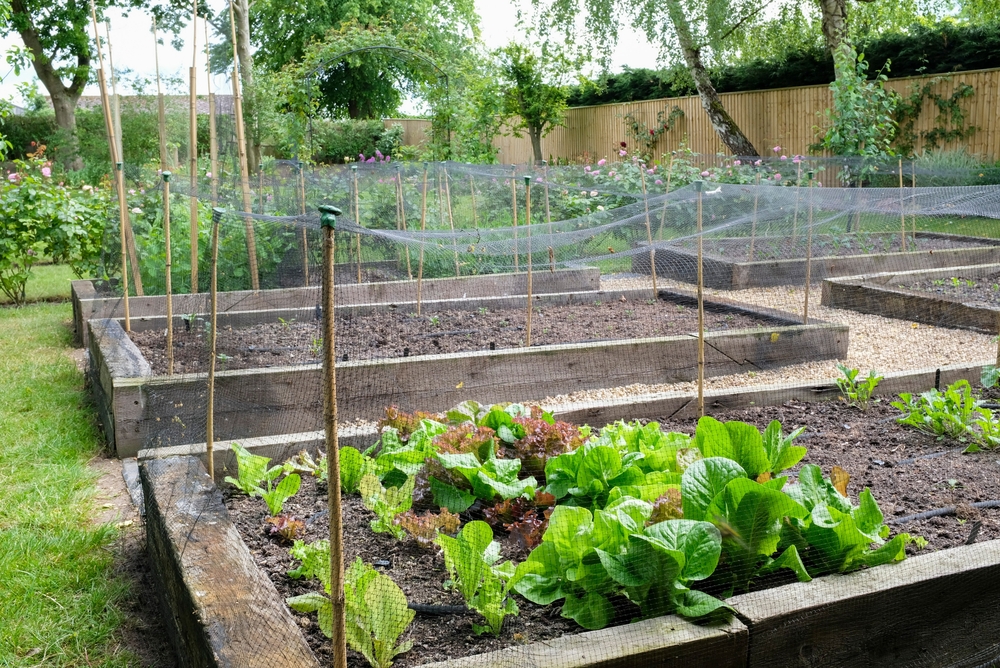
Planning And Designing a Vegetable Garden for Food Security
If you want to garden for food security, your first step is planning and designing a vegetable garden. It doesn’t need to be overwhelming. Let go of the mindset that you don’t have a green thumb, and be open to making mistakes along the way. That is how we learn!
Where do you start? How much will it cost? What if I don’t know what I’m doing? That’s okay—I’ve got you covered! The first thing you should write down is all of your gardening ideas.
- Where will you put your garden? Measure the space. Grid paper comes in handy. This is the perfect time to start a garden binder. Make it a habit of writing everything down (harvest dates, weights and numbers of produce, maps of beds, and what you have planted).
- What type of beds will you use? Containers, vertical planters, raised beds, no-till spaces.
- What will you need to purchase? Soil, materials for beds, tools, trellis, and cages, and seeds.
- Keep it simple. Start where you are with what you have. You really don’t need all that much to begin.
Forest Gardening for Low-maintenance Produce
Whether you are short on time or plan to make raising food a priority in your life, consider planting as many permanent and perennial food-producing plants as you can in your space!
Perennial fruits, nuts, herbs, and veggies will reward you year after year without much intervention. Permaculture is a method of growing food that works with nature and makes the work easier.
Low-maintenance plants include fruit and nut trees, berries, herbs, mushrooms, and many others.
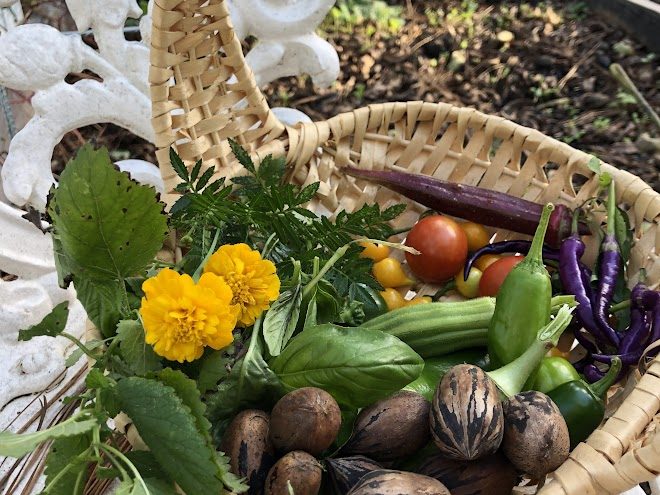
A Productive Food Garden Means Lots of Variety
Diversity is critical in a thriving garden, which means choosing vegetables growing at different times of the year.
Planting a variety of species increases your odds of success (if one crop fails, you’ll have something else ready to harvest), and since you won’t have all your eggs in one basket, each time you pull a ripe tomato from your plant, it will feel extra satisfying.
Diversity is key! Nature tends to thrive in ecosystems rich in plant species. For instance, it is rare to see an ecosystem of one plant, like soybeans. Have you ever noticed how fast nature replenishes trees and grasses once cleared?
Consider polyculture planting instead of the traditional row-by-row garden technique. A diversified, species-rich system will make your work easy and your food rich with nutrition.
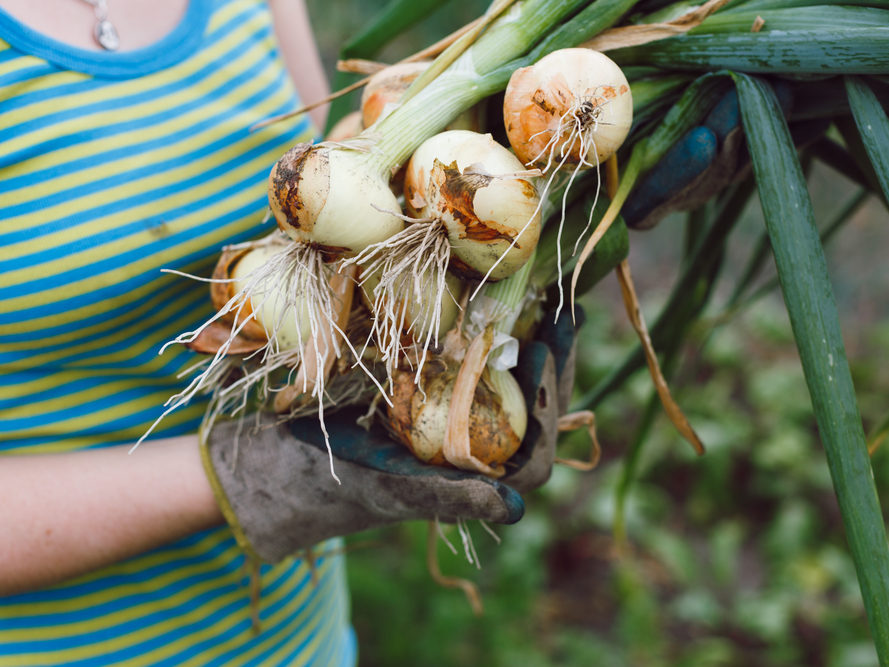
Growing Kitchen Staples for Food Security
A great way to get some homegrown food on the table is to choose a few items you use often to grow on your own.
For instance, I grow herbs, onions, and garlic year-round. I can produce all that my family needs with just a few plants. I dehydrate and freeze as much as possible during the growing season, so I never need to buy these at the store. More importantly, preserving foods is a way to reduce food waste.
Kitchen Staples to Grow
- Tomatoes
- Peppers
- Onions and Garlic
- Carrots
- Potatoes
- Herbs
- Nuts: Almonds, Walnuts, Pecans
- Beans (if you have the space)
- Berries
- Greens (Spinach, Kale, Mustard, Lettuce)
Pro-tip: Look for heirloom varieties you can’t buy at the store. Grow lots of different kinds! That way, you will always have things you can’t get elsewhere.
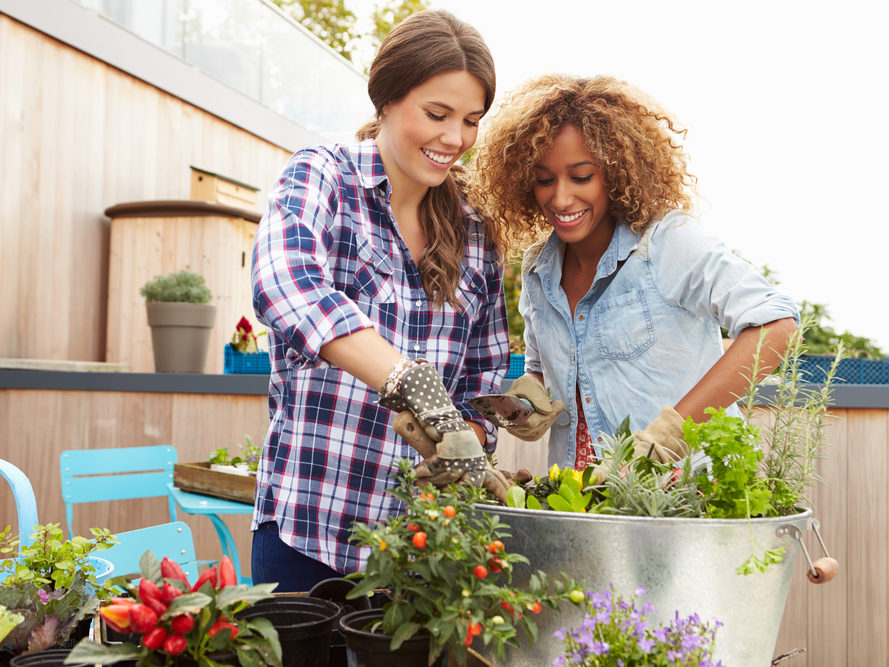
Form a Community of Growers
Do you have friends and family interested in becoming more self-sufficient? There has never been a better time to band together and start a community or cooperative for homegrown organic foods!
You can grow a few things, they can grow a few things, and you all can share the abundance. Someone can raise chickens! If we all did this, we could eat for free!

